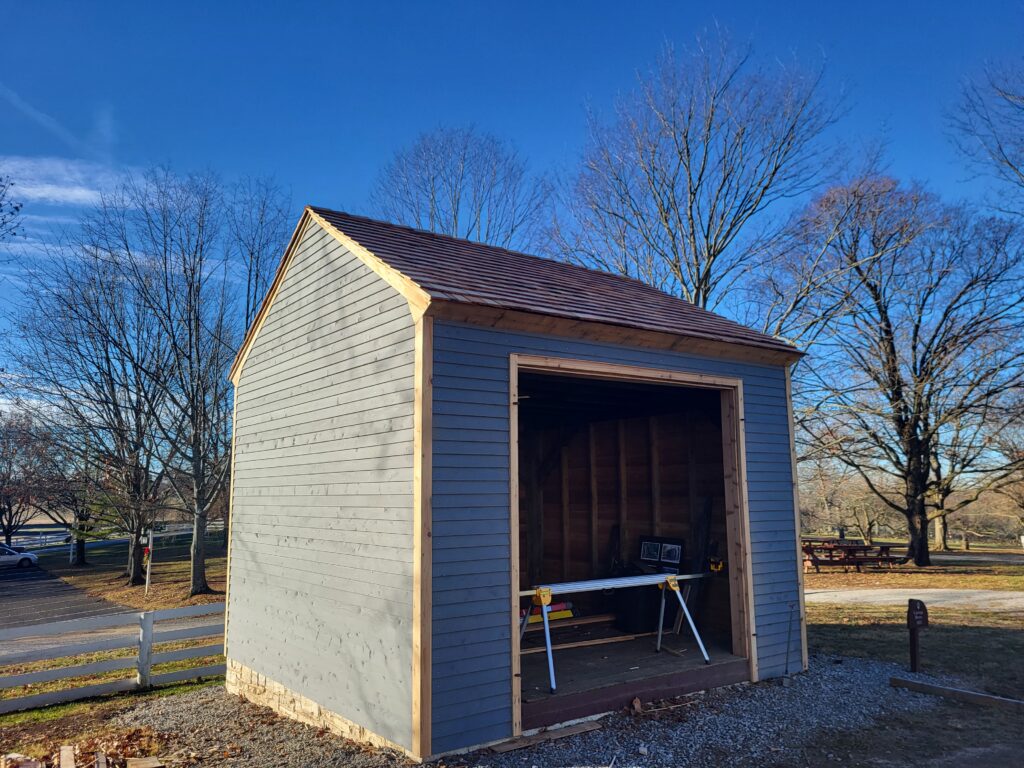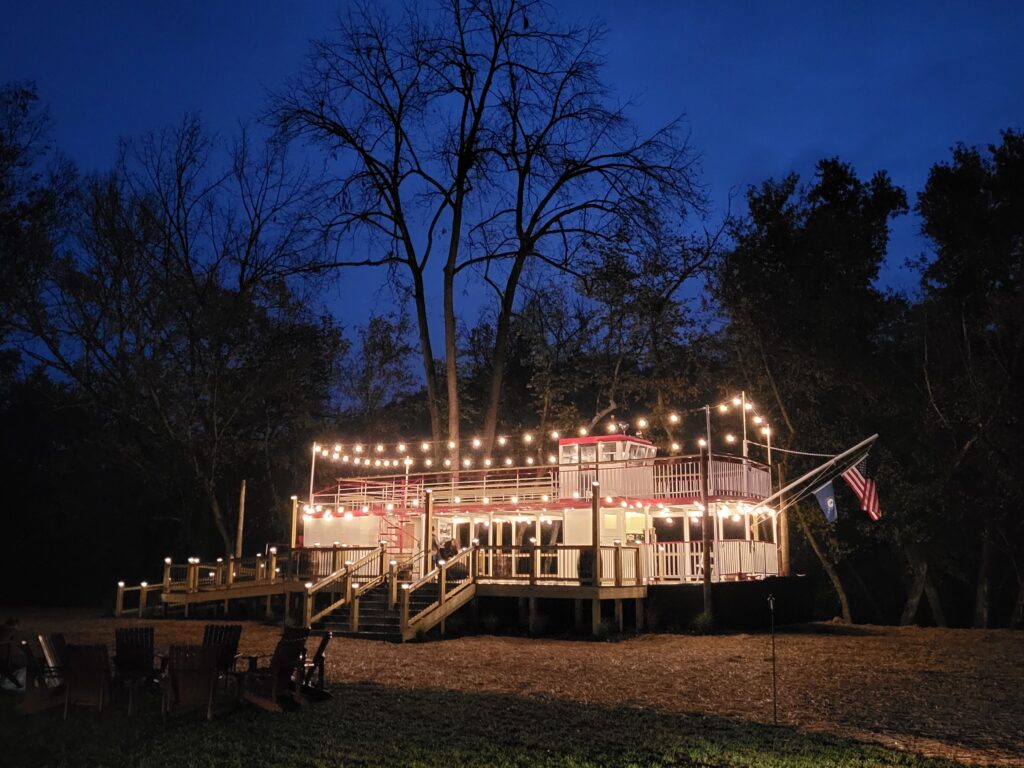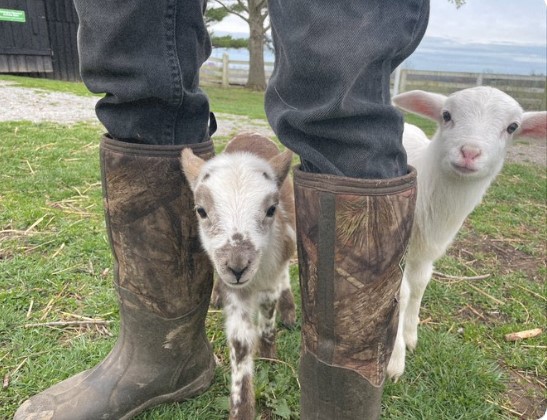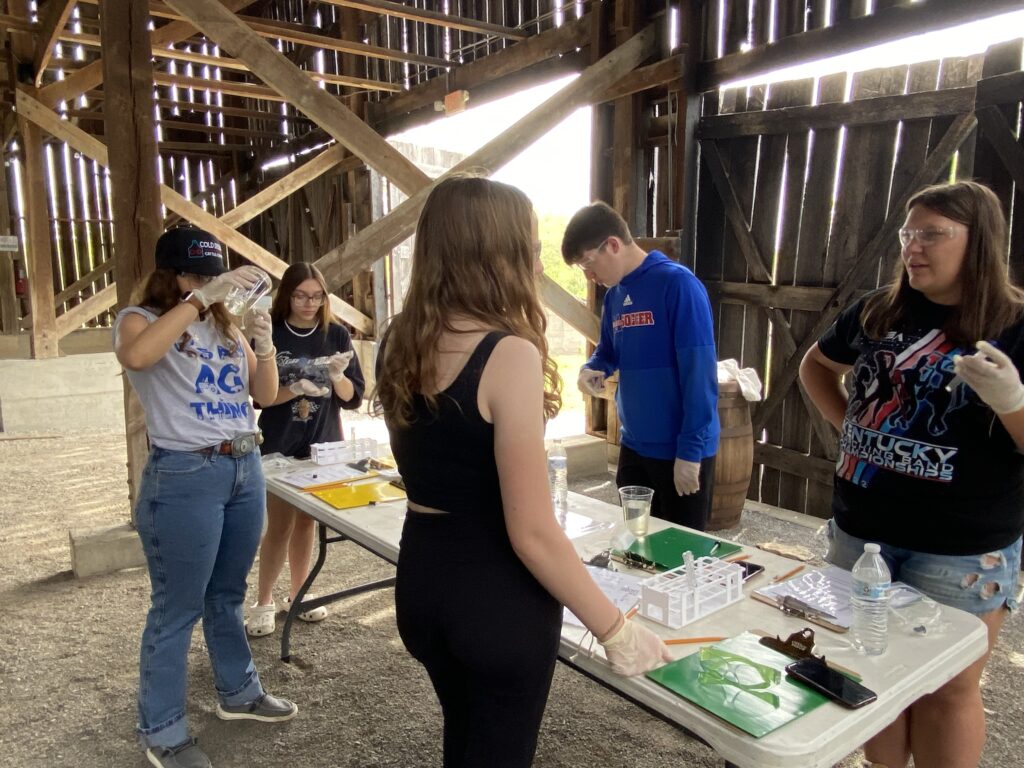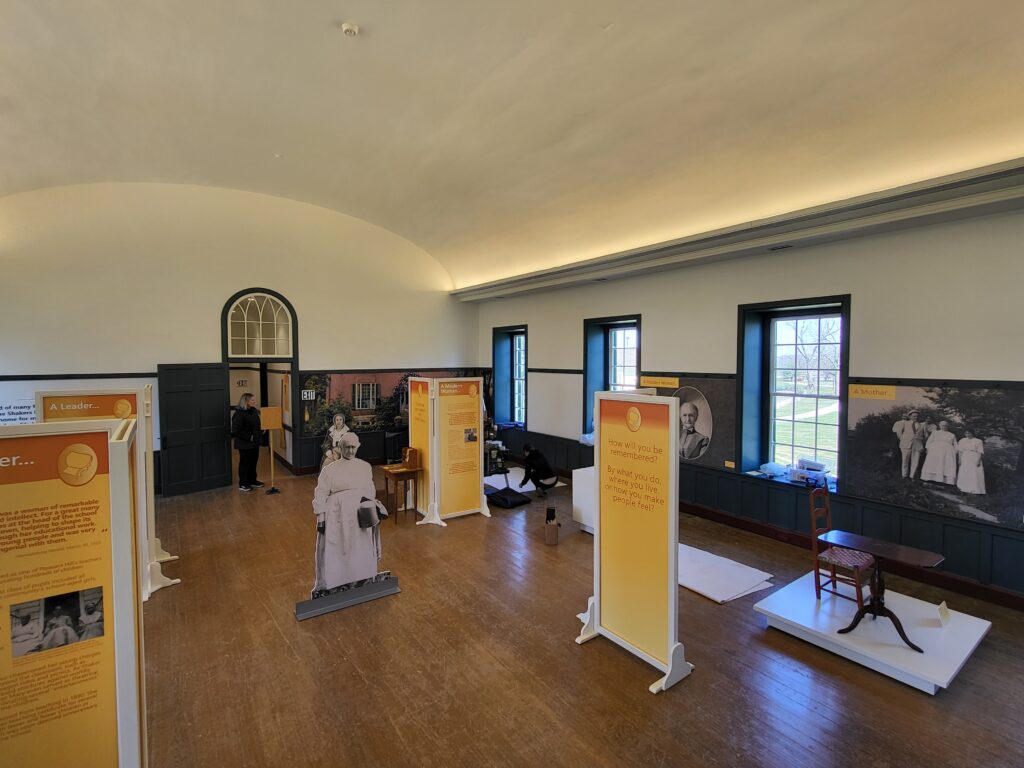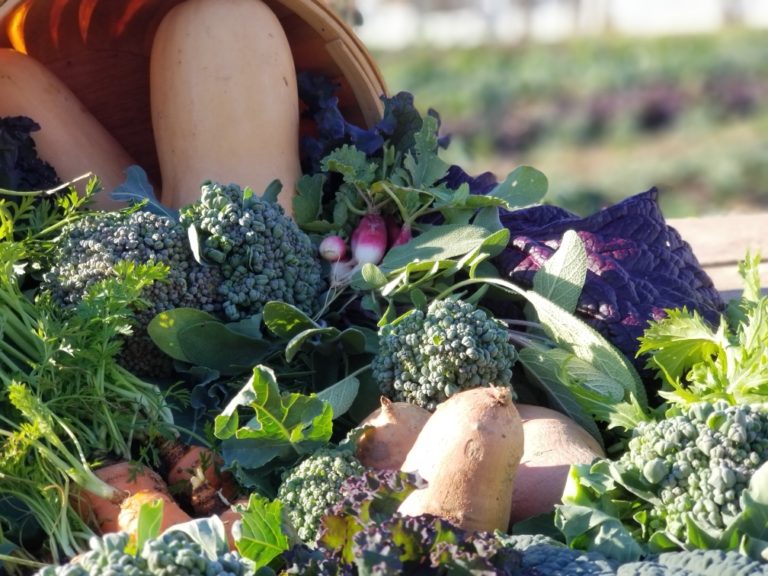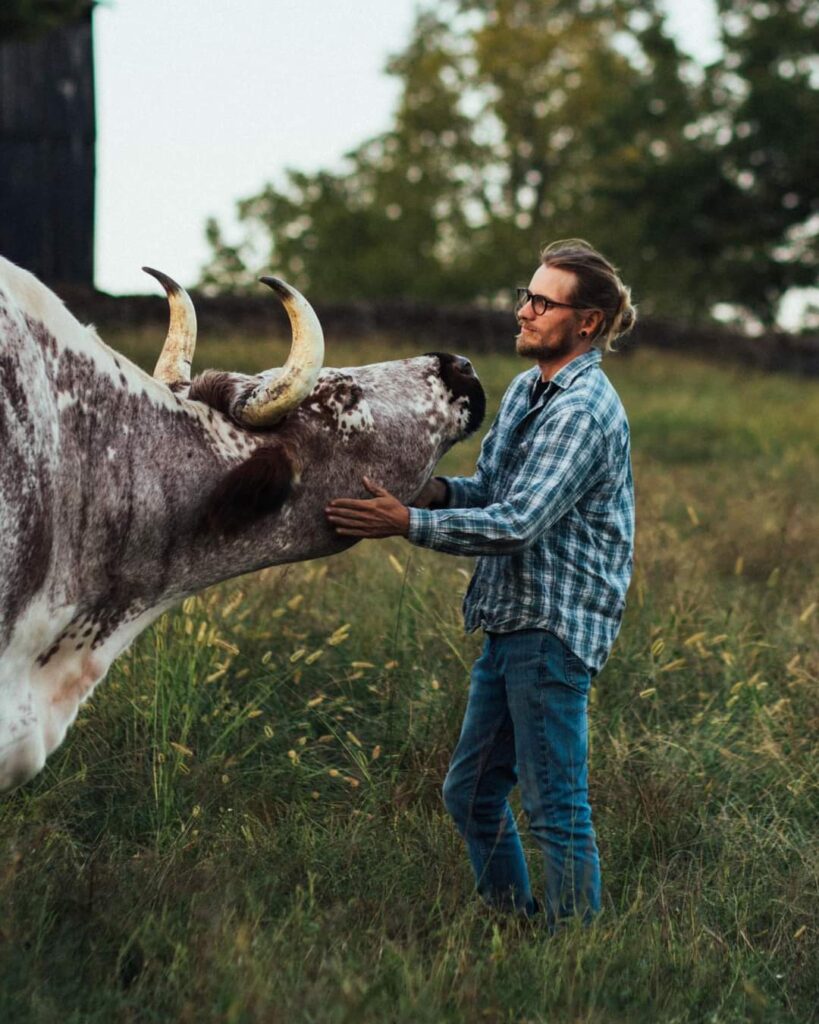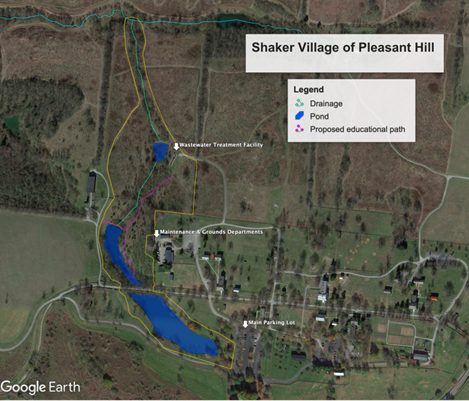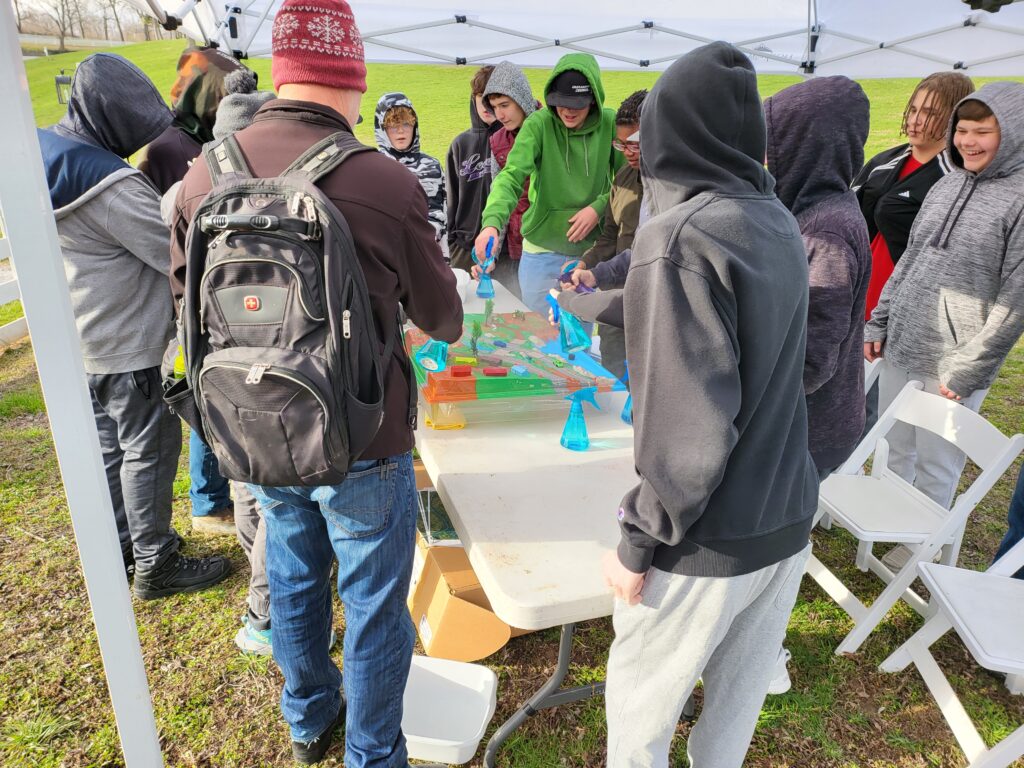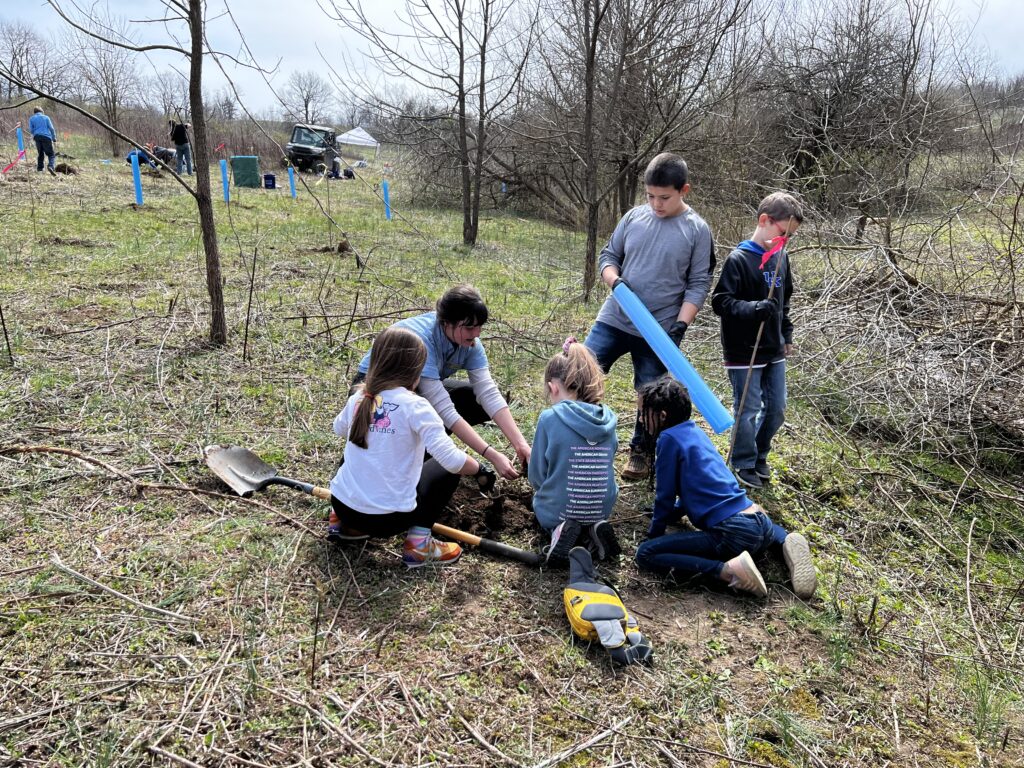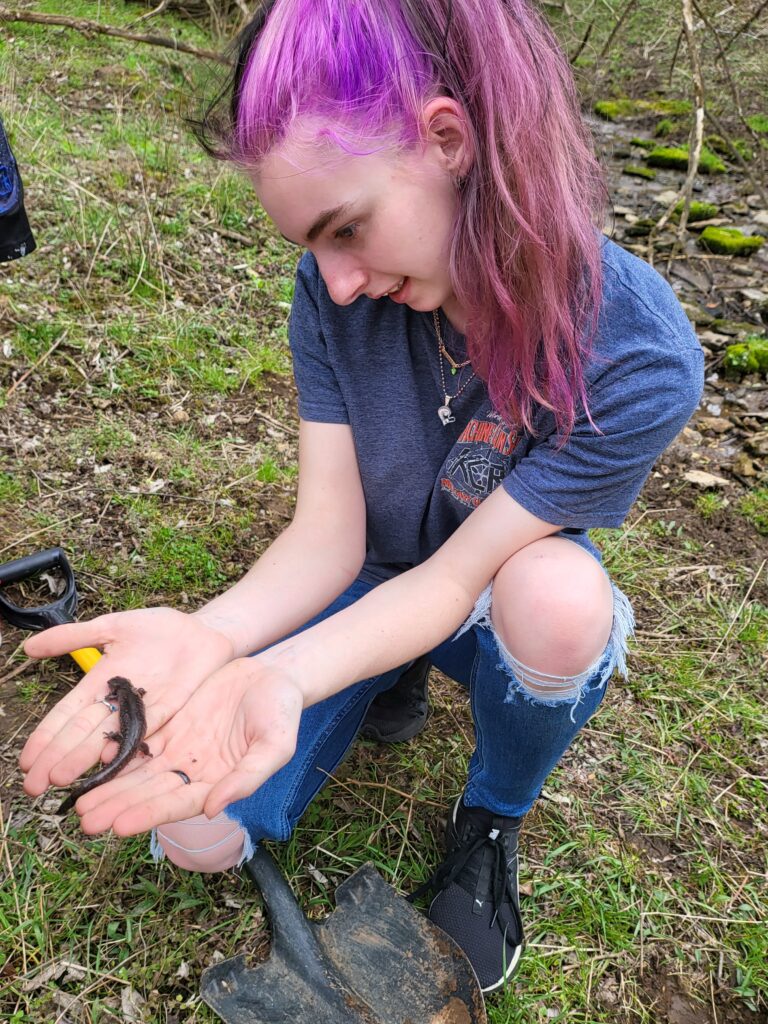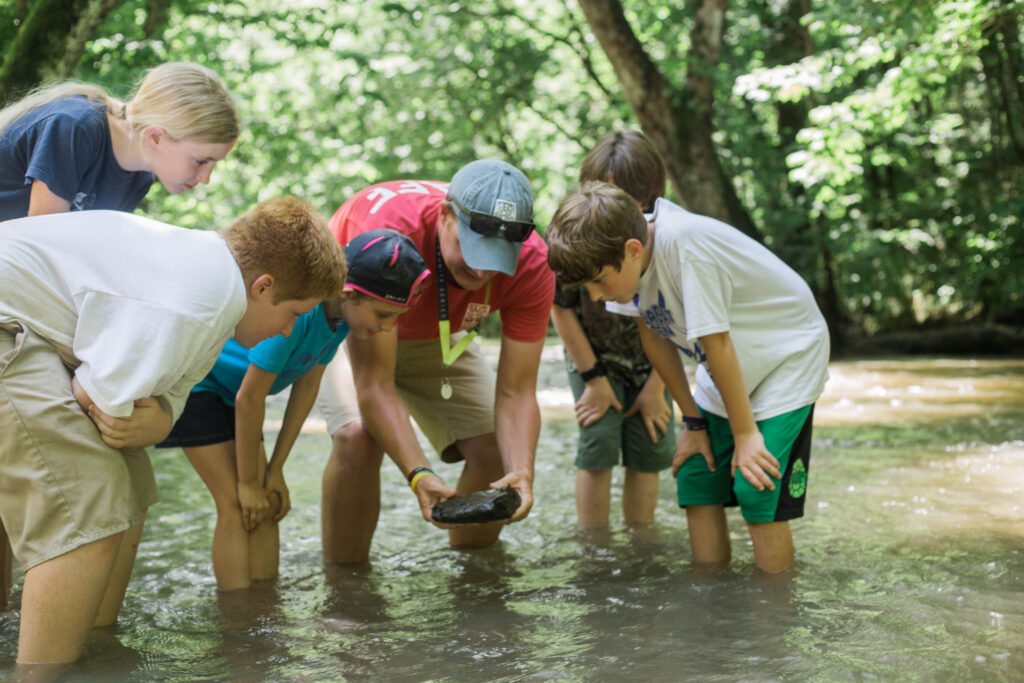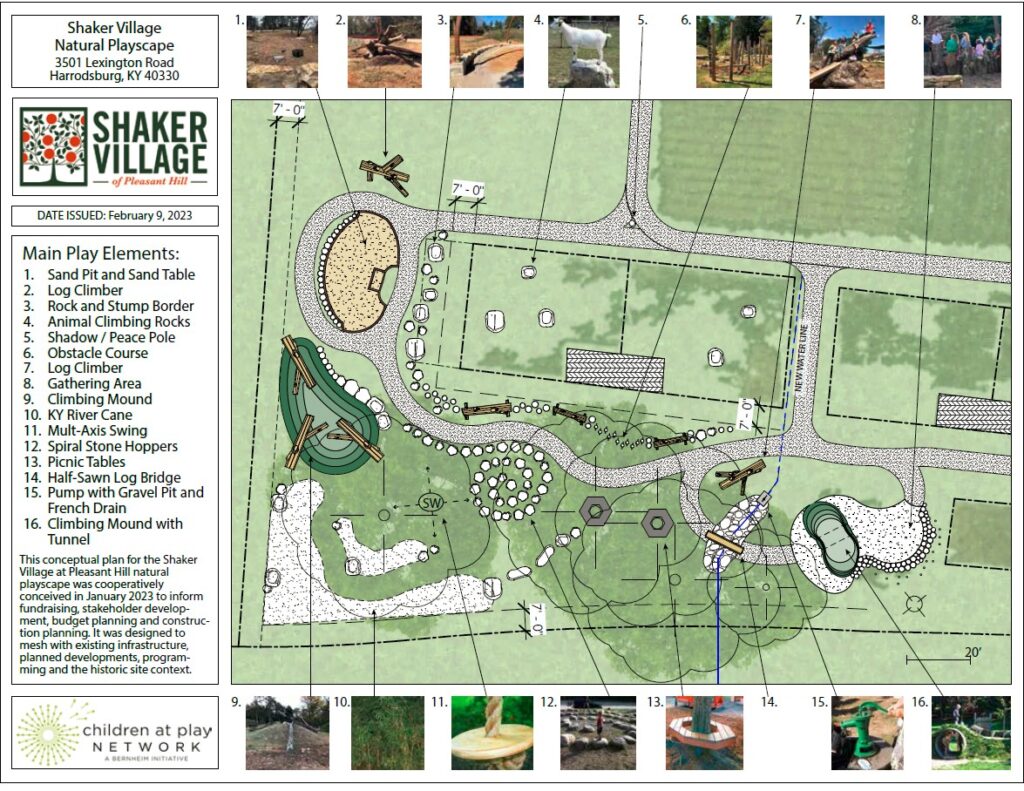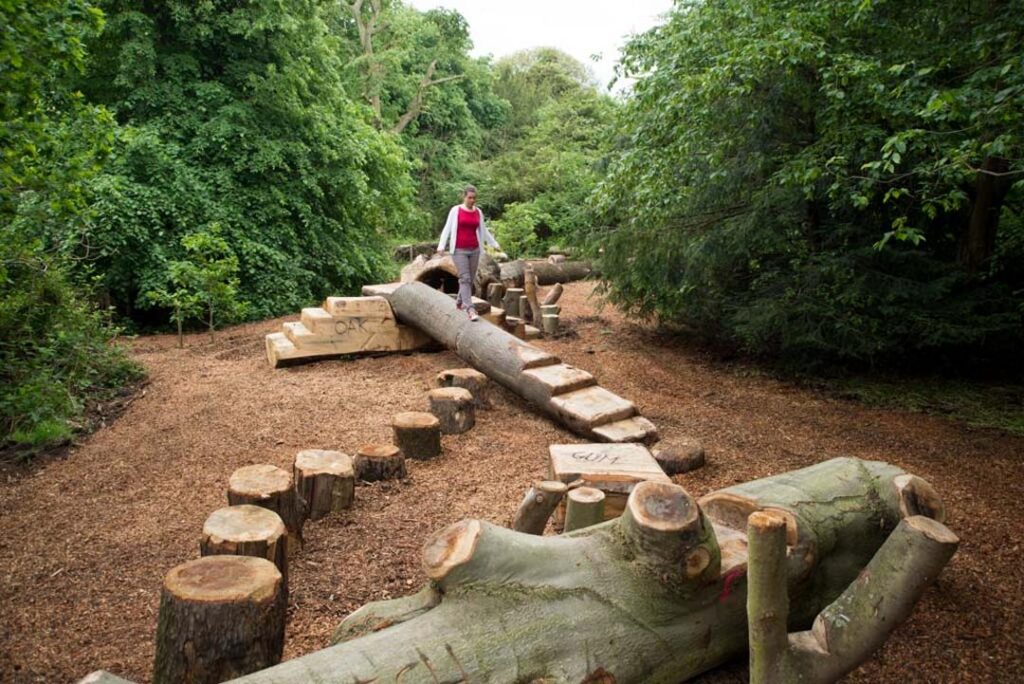Hannah Williams, Development Coordinator
As we shared in the December year in review post, almost a year ago, the nineteenth-century Carriage House was crushed by a tree during an unprecedented storm. We were able to salvage many of the original materials and focus our efforts on rebuilding this piece of history to its full glory.
After this full restoration of the Shakers’ Carriage House, we sat down with Shaker Village Carpenter Robert Brown to ask a few questions regarding his experience and work in bringing restoration to this important building at Pleasant Hill.
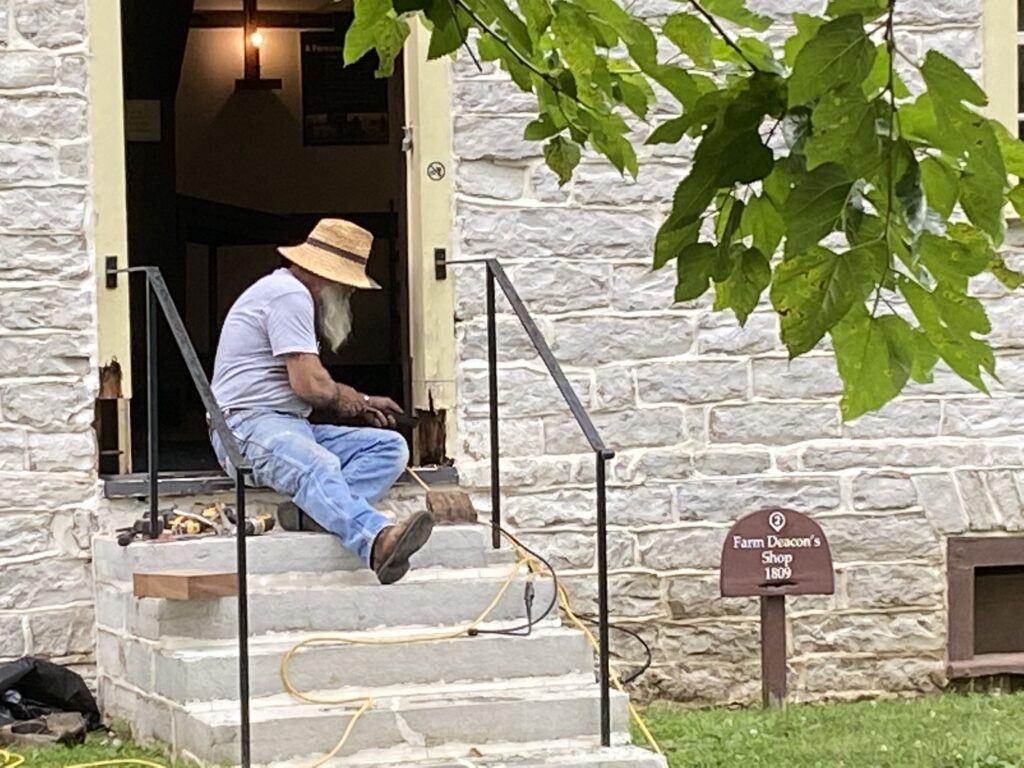
Tell us about your background in carpentry and how you got started in this field. How many years have you been with Shaker Village of Pleasant Hill?
My background in carpentry was basically out of necessity. I wanted a house, and I knew I couldn’t afford to hire someone to do it, so that was really my start. I was entirely self-taught. Of course, growing up on a farm, you’ve got to do things yourself without having the opportunity to hire people out for that work. As far as how long I have been doing carpentry and restoration with Shaker Village, I have been here for just about six years.
How did you approach preserving the original craftsmanship and historical elements during the reconstruction of the Carriage House?
First, we had to start disassembling and labeling everything that we could label so that it could go back in the same spot. It was a process of excavating and figuring out what went where-essentially making it a huge jigsaw puzzle. There were pegs that held the rafters into the notches that were labeled so that they would be placed back in the same spot. The main frame was salvageable as well as a lot of the
original rafters.
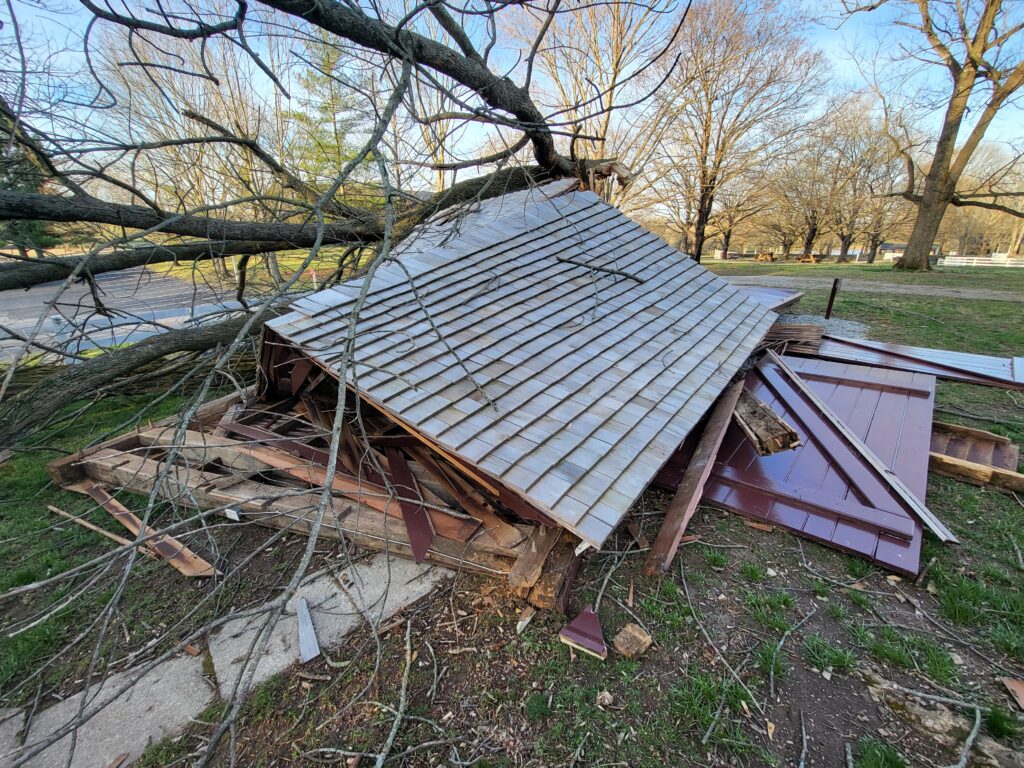
Can you share any interesting discoveries or surprises you encountered while working on the building?
The rafters were walnut which was a surprise to find. It is not the case for most rafters dating back to the 19th century to be made of walnut. There was also an unusual architectural element called the birdsmouth joint within the rafters which was found to have a double notch-a very untypical find for this type of rafter cut.
What was the most rewarding aspect of working on this restoration project? Were there any moments that stood out to you as particularly challenging or memorable during the restoration?
Being able to reuse most of the original stuff was really rewarding as a preservationist. There was only one beam that I had to completely replace due to previous rot, which we were able to source from an
old log.
Did you collaborate with other professionals or experts during the restoration, and if so, how did that collaboration enhance the project?
I am always the one to ask for opinions! Monty Kelly who does a lot of great work here and his father, who is very instrumental in stonework, were both large helps in giving their wisdom and expert eye towards this project.
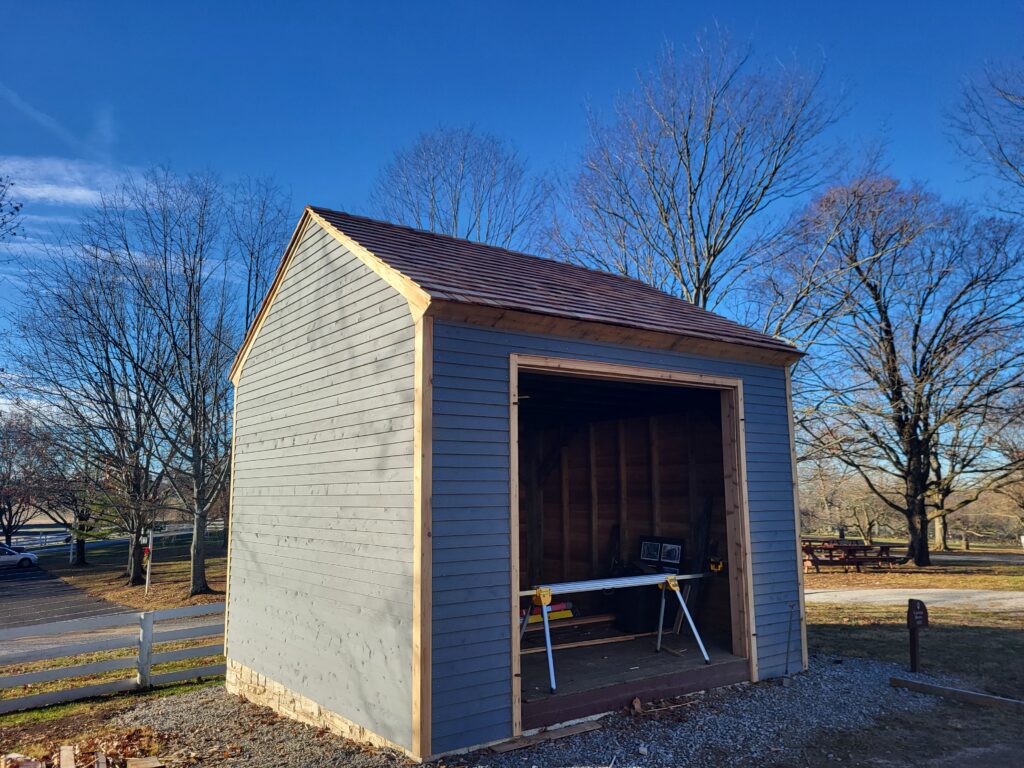
What advice would you give to future carpenters or restoration specialists who might follow in your shoes here at Shaker Village?
Be willing to ask questions and be teachable. There are a lot of things you won’t know without getting your hands dirty and being willing to have a teachable mindset in every aspect of restoration.
We are thankful for the hard work, passion, and expertise of Robert and all the hands involved, including the financial gifts in making this restoration possible. A special “thanks” as well to the University of Kentucky students for their partnership in making the restoration and installation of the flooring within the Carriage House an incredibly smooth process.
To learn more about the historic preservation projects at Shaker Village, visit our website. Additionally, you can learn how to support these projects to continue the legacy of the Pleasant Hill Shakers.
